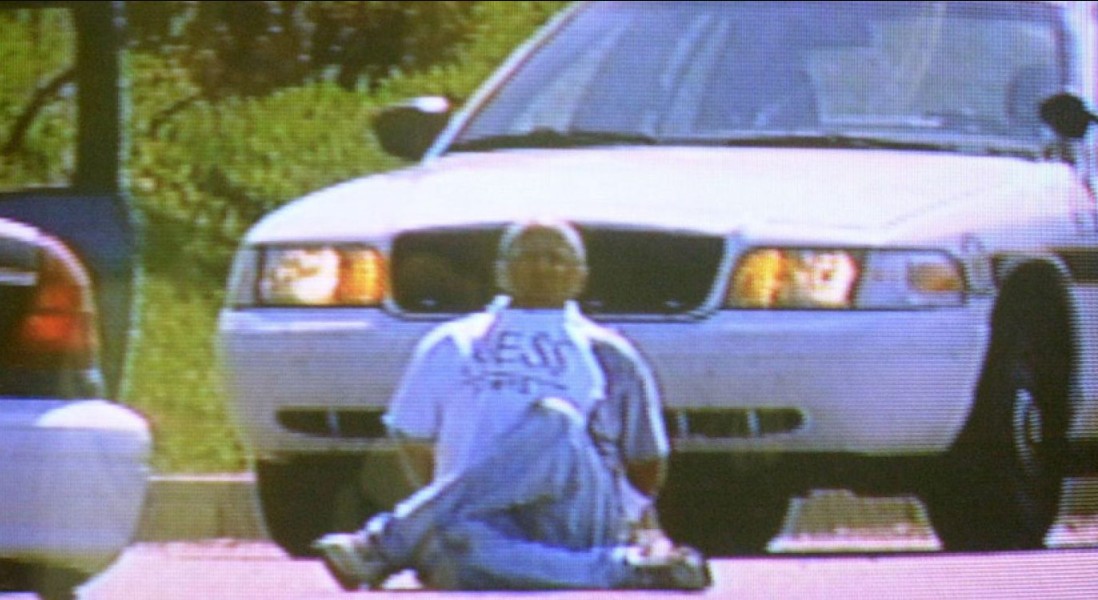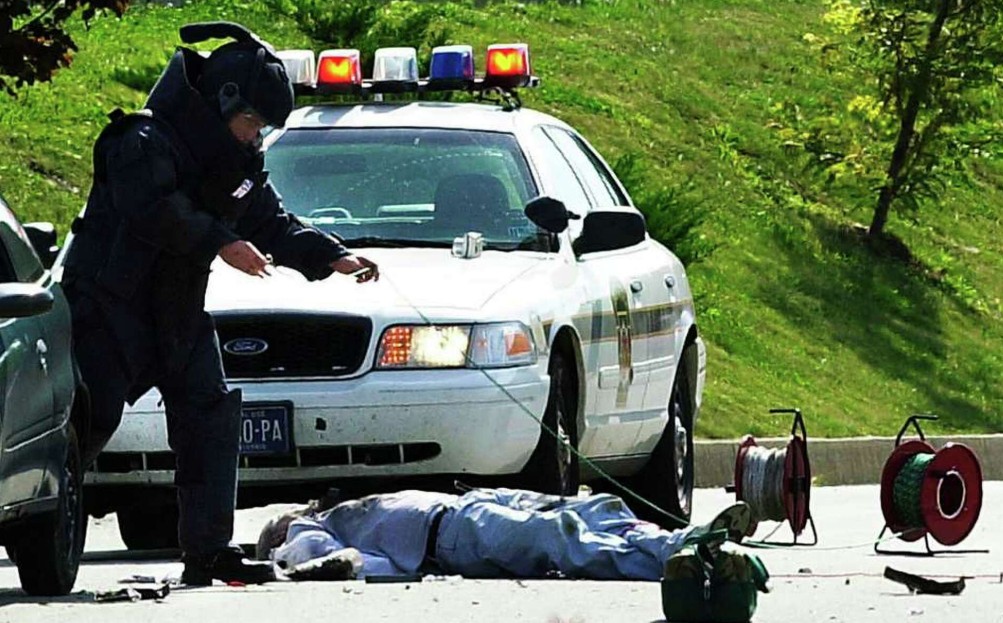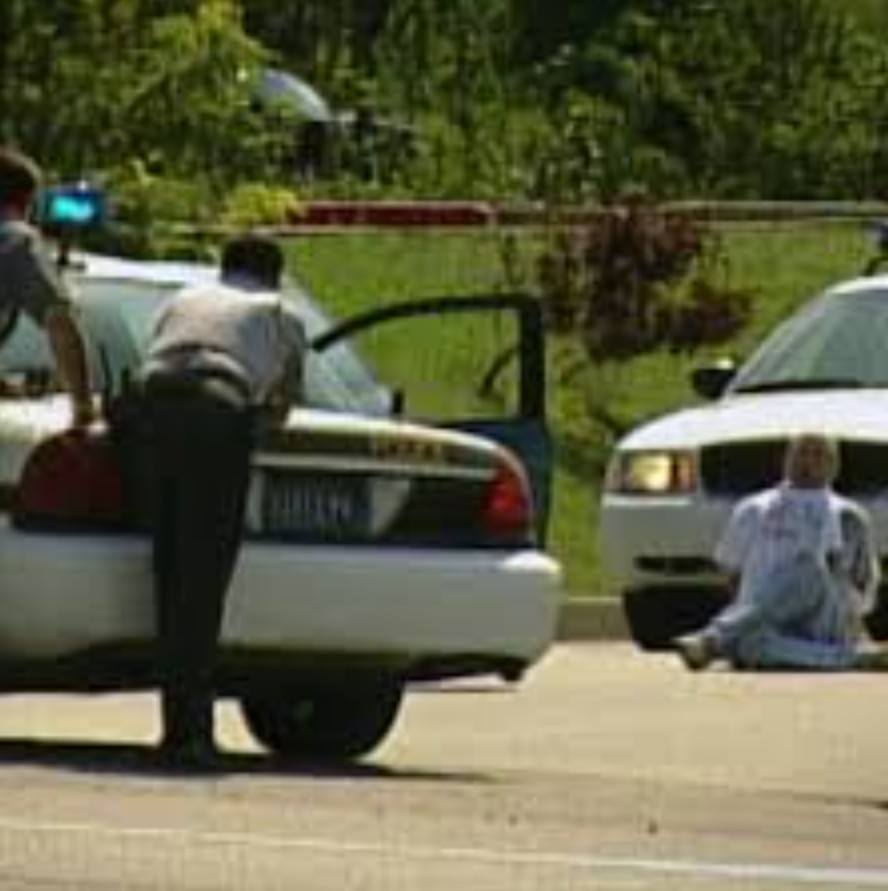Brian Wells Video and the Pizza Bomber Incident
On August 28, 2003, the small town of Erie, Pennsylvania, became the site of one of the most bizarre and shocking crimes in modern American history. Brian Wells, a 46-year-old pizza deliveryman, walked into a local bank wearing a metal collar bomb locked around his neck and demanded money. What started as an apparent robbery quickly escalated into a horrifying tragedy when the bomb detonated, killing Wells in a public and gruesome explosion.

“For years, both the public and investigators wrestled with the same question: was Brian Wells a willing participant in a meticulously planned heist that went awry, or simply an unwitting victim caught in a deadly scheme orchestrated by others? After years of stalled leads and growing frustration, federal authorities now say they have finally pieced together the full story.
Contents
- 1 The Day That Shocked a Nation and the Brian Wells Video
- 2 Initial Investigation and the Ongoing Mystery
- 3 Breakthrough in the Investigation
- 4 Marjorie Diehl-Armstrong: Central Figure in the Plot
- 5 Investigation Challenges and Dead Ends
- 6 Moving Toward Indictments
- 7 The Lasting Impact of the Brian Wells Video
The Day That Shocked a Nation and the Brian Wells Video
On that fateful afternoon, Brian Wells entered the PNC Bank holding a cane shaped like a shotgun. Around his neck was a metal collar bomb with multiple keyholes and a ticking timer counting down. He handed the teller a note demanding $250,000, warning that the bomb could explode at any moment.
Brian Wells Video The Horrifying Pizza Bomber Explosion
After leaving the bank with a sum far smaller than demanded, Wells was apprehended by police in a nearby parking lot. Handcuffed and visibly terrified, he pleaded with officers, insisting he had been forced to commit the robbery under threat of death. Less than half an hour later, the bomb detonated, ending his life in a shocking moment captured in the Brian Wells Video.
Initial Investigation and the Ongoing Mystery
Authorities were immediately faced with a scenario so bizarre it seemed almost fictional. Investigators struggled to determine whether Wells had knowingly participated in the robbery or had been coerced into a deadly game. Initial evidence suggested that Wells had been called to deliver a pizza to a remote location near a TV tower. According to statements he made before his death, unknown individuals ambushed him there, strapped the bomb around his neck, and handed him precise instructions for the bank robbery.
The instructions were highly detailed, resembling a scavenger hunt, with steps to follow to obtain keys to remove the bomb after completing the robbery. The note warned that failure to comply would result in instant death. Despite the massive media attention, authorities initially had no suspects, leaving the case mired in uncertainty.
Breakthrough in the Investigation
More than three years later, federal authorities revealed that they had uncovered key details of the plot. A senior law enforcement official confirmed that investigators had identified the individuals responsible and understood how the elaborate scheme was executed. Indictments were expected shortly after this revelation.

Years of investigation by the FBI, ATF, and Pennsylvania State Police involved nationwide witness interviews, careful examination of evidence, and piecing together a convoluted narrative. U.S. Attorney Mary Beth Buchanan oversaw the case, reviewing evidence in preparation for presenting it to a grand jury.
Marjorie Diehl-Armstrong: Central Figure in the Plot
Marjorie Diehl-Armstrong emerged as a key suspect. Already serving a 7-to-20-year sentence for the 2003 murder of her boyfriend, James Roden, she became a focal point in the investigation. Roden’s body had been discovered in a freezer belonging to William Rothstein, who lived near the location where Wells had been ambushed.
Rothstein died in 2004, but before his death, he had told authorities that Diehl-Armstrong had asked for his help in hiding Roden’s body. Investigators linked her to the bank robbery scheme and suspected that Roden’s murder may have been connected to his knowledge of the plot.
Investigation Challenges and Dead Ends
The Wells case was exceptionally complicated. Several key witnesses died, and the intricate nature of the plot with coercion, multiple accomplices, and mental health issues made it difficult to determine responsibility. Despite these obstacles, authorities painstakingly reconstructed the events leading to Wells’ death.

Throughout the investigation, the Wells family maintained that Brian was an unwilling participant. His brother, John Wells, emphasized the importance of holding everyone involved accountable. “The family will be satisfied when everybody is held to account for their actions that day,” John said.
Moving Toward Indictments
Federal authorities prepared to present the case to a grand jury, formally reviewing evidence against the suspects. Legal proceedings aimed to bring closure after more than three years of public speculation and silence. Indictments were expected to hold those responsible accountable for the elaborate and fatal scheme.
The Lasting Impact of the Brian Wells Video
The Brian Wells Video remains one of the most chilling records of a modern American crime. Known as the “Pizza Bomber” case, it illustrates how ordinary individuals can become victims of circumstances beyond their control. Wells’ final moments, filled with terror and confusion, continue to captivate and horrify the public.
The case also highlights the complexity of criminal investigations, requiring coordination across multiple agencies, overcoming dead ends, and eventually revealing the truth behind a seemingly unsolvable crime. While debate continues over Wells’ exact role, the Brian Wells Video serves as a reminder of how quickly a seemingly ordinary day can turn into a tragedy.
As the legal system moves forward, there is hope that justice, even if delayed, will provide closure for the Wells family and the Erie community, finally bringing clarity to a story long shrouded in mystery.
Daily News -Julia Martinez Quinceanera Video Tragic Night of Celebration
Jeffrey Epstein Video Examined by FBI Finds No Foul Play
Hockey Player Fight on Golf Course Video Goes Viral
Karina García Viral Video and Leaked Footage Sparks Buzz
Sharife Cooper and Ash Kash Viral Video Fallout Explained
Eastman Credit Union Johnson City TN Video Sparks Debate
Robin Westman YouTube Video and Minneapolis Shooting

